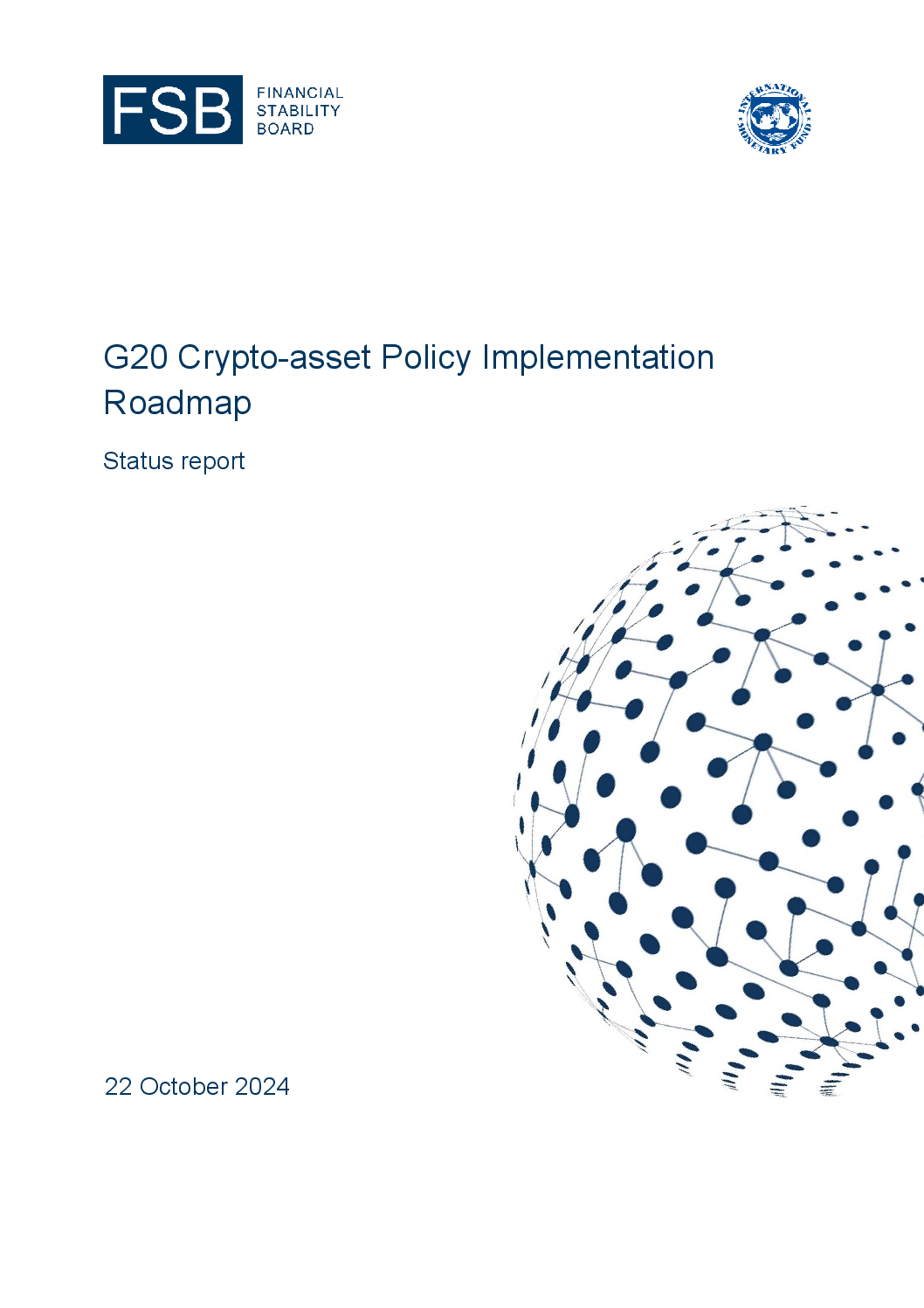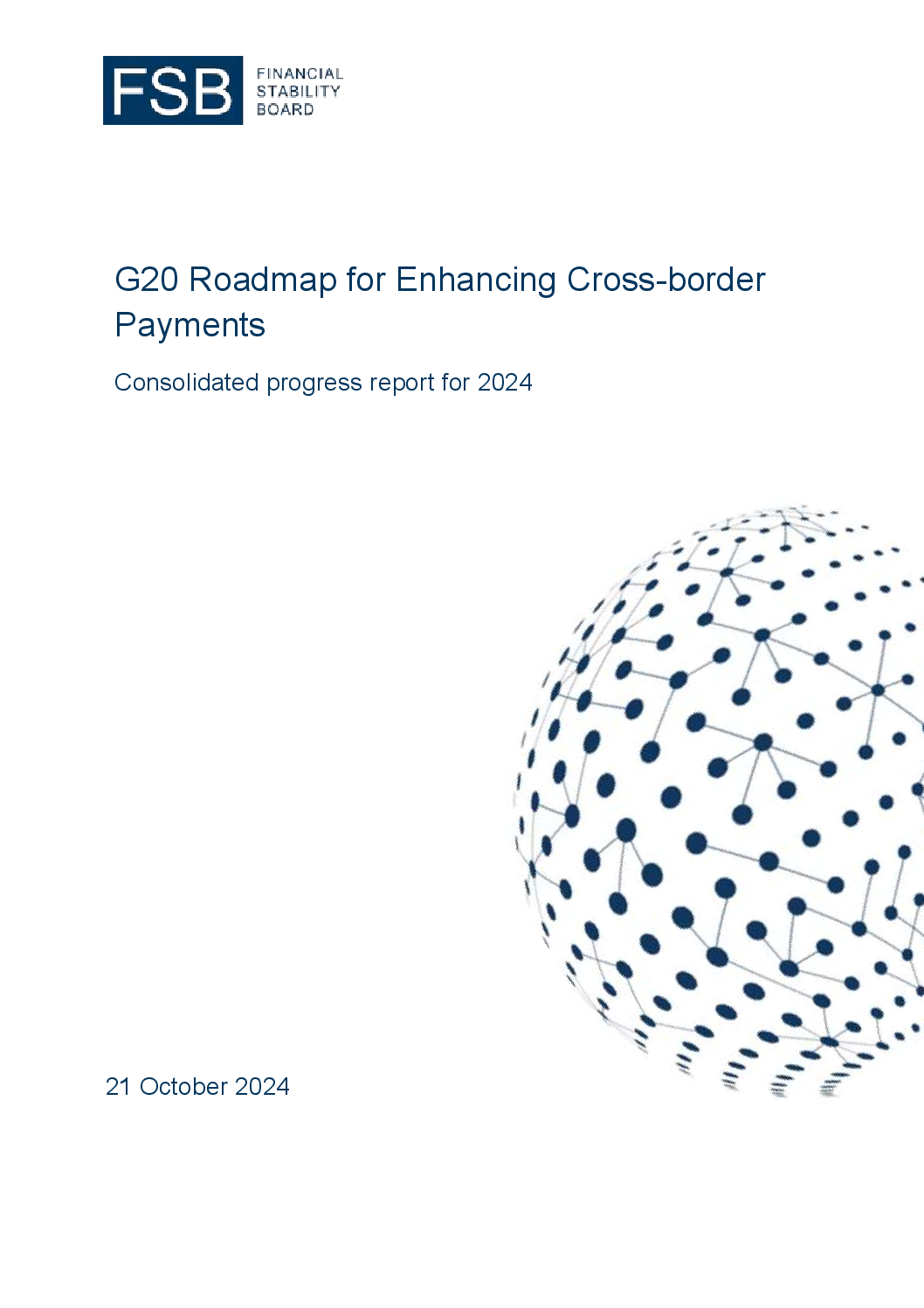The views expressed in these remarks are those of the speaker in his role as Chair of the FSB and do not necessarily reflect those of the FSB or its members.
It is a pleasure to be here today to reflect on the critical intersection of financial innovation and stability. I would like to share some thoughts from my perspective as Chair of the Financial Stability Board.
A fundamental principle that guides the FSB’s work is that we do not pick winners. Our focus is on ensuring that innovation develops safely and responsibly, within the boundaries of our public policy objectives.
When considering the relationship between innovation and stability, two aspects stand out. First, the speed at which new technologies can be adopted – and how quickly that can translate into systemic implications. Second, the cross-border nature of many of these innovations, which can amplify their impact and complicate regulatory responses.
A striking example that highlights both of these dimensions is the case of Libra. In 2019, Facebook announced plans to launch a blockchain-based stablecoin payment system. Although it never actually launched, the announcement alone triggered a strong response by the global regulatory community. The potential systemic and cross-border implications of a widely adopted global stablecoin were immediately apparent. This episode also fuelled a broader conversation on improving the end-user experience in cross-border payments.
The FSB has played a central role in shaping the global response to these questions.
The global response: building foundations for stability
The global response had two pillars.
The first pillar was the development of high-level recommendations for stablecoins, published in 2020 and then revised in 2023. These recommendations set clear expectations for the design and operation of stablecoins to ensure they do not undermine financial stability.
Stablecoins have the potential to address some of the challenges in cross-border payments, but they also introduce new risks. Importantly, they are not the only solution. Innovations in domestic payment system, such as mobile payments, instant or fast payments, and the exploration of central bank digital currencies (CBDCs) and tokenised deposits – potentially through a single “ledger” or interoperable ledgers – also have the potential to reshape the payments landscape.
Looking ahead: balancing innovation and stability
As we look to the future, a key question stands out: will stablecoins replace traditional bank-based cross-border payments, or will they remain a niche solution in a fragmented global payments ecosystem? While the answer is unclear, the potential risks are not.
Let’s start with a fundamental question: how different is a stablecoin from e-money or a bank deposit? At first glance, stablecoins appear to be a novel technological innovation, promising faster, cheaper, and more efficient payments. However, their core functions—storing value and enabling payments—are not fundamentally different from traditional financial instruments.
A stablecoin backed by high-quality liquid assets mirrors the structure of e-money issuers. Similarly, a stablecoin issued by a private entity with claims on an issuer resembles a bank deposit. Yet, despite these similarities, stablecoins often operate outside the regulatory frameworks that govern bank deposits and other products that are similar to bank deposits, like money market funds.
This highlights the importance of the principle “same activity, same risk, same regulation.” If stablecoins perform the same economic functions as traditional instruments, they should adhere to equivalent regulatory and supervisory standards. This is not about stifling innovation but about safeguarding financial stability.
Consider a stablecoin issuer promising 1:1 backing with high-quality reserves. Without strict oversight, could these reserves fund riskier ventures, with stablecoins acting as conduits for leveraging the financial system? This scenario is not hypothetical. We have seen how loosely regulated financial instruments can amplify risks rather than mitigate them. The potential for runs on large stablecoins could have financial stability implications given their large-scale investments in the short-term funding markets. The interconnectedness between stablecoins and traditional financial systems has grown rapidly.
To address these risks, the FSB has set guardrails for the regulation, supervision, and oversight of stablecoins. These guardrails ensure robust standards for transparency, governance, and risk management. However, if we want to prevent regulatory arbitrage, consistent implementation across jurisdictions is critical. We should not allow stablecoins to exploit gaps in oversight to gain a competitive advantage or to introduce hidden risks into the financial system.
Strengthening Cross-Border Payments
Beyond stablecoins, cross-border payments remain a focus area for the FSB. We work to bring the G20’s goal of making cross-border payments faster, cheaper, more accessible and more transparent to fruition. Cross border payments mostly rely on domestic payments systems. But unlike domestic payment systems, there is no over-arching global governance framework for cross-border payments. Despite innovation in cross-border payments, inefficiencies, high costs, and delays in processing payments persist.
To address this, the FSB, in collaboration with the Committee on Payments and Market Infrastructures (CPMI) and other stakeholders, has been working to align technical standards, as well as legal, regulatory, and supervisory frameworks. This work is essential no matter what technology is used.
Conclusion
As we navigate this complex landscape, our task is to strike the right balance between fostering innovation and safeguarding financial stability. The likely route for the evolution of global payments remains uncertain. If that comes by the spread of new payment rails, such as stablecoin, or if it comes by the improved efficiency of long-established payment mechanisms should be something we are agnostic on. But what is certain is that fostering innovation must not come at the expense of stability.
Continued global coordination and vigilance is therefore crucial. We must address the risks posed by stablecoins and other fintech innovations while ensuring that payments systems provide good value for consumers. Improving the user experience is not just a matter of convenience; it is essential to prevent the proliferation of unregulated or less-regulated alternatives.
Authorities must work together to build a financial system that embraces innovation while ensuring resilience, inclusivity, and trust. By applying the principle of “same activity, same risk, same regulation”, we can foster a payments ecosystem that is both forward-looking and fundamentally sound.
Thank you.

